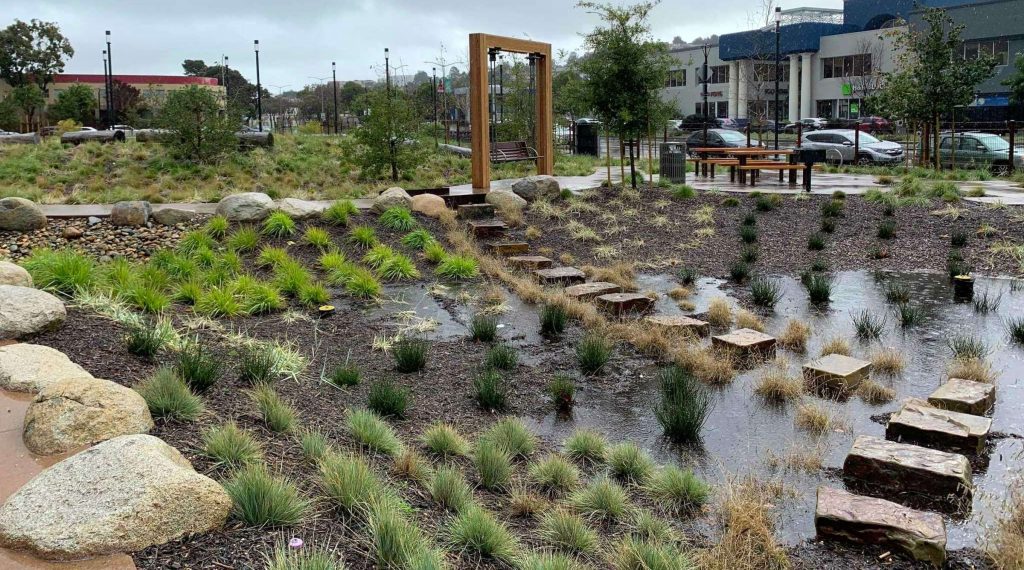Water infrastructure ensures that our water is stored, delivered and managed properly. Water infrastructure refers to the basic physical structures needed to manage water. Water infrastructure includes dams and reservoirs, water and wastewater treatment plants, irrigation canals, sewage systems for draining stormwater and structures used for flood mitigation.

Dams are structures that are built on a river in order to retain water for one or more specific purposes (e.g. hydroelectricity generation). Reservoirs are formed behind a dam. A reservoir is a body of water that has been “formed or modified by human activity for specific purposes, in order to provide a reliable and controllable [water] resource”. A reservoir may look like a lake but they are not considered the same thing.
Learn more about Dams and Reservoirs.
We provide Canadian educational resources on water practices to promote conservation and sustainability. Our team crafts current and relevant content, while encouraging feedback and engagement.
The Canada WaterPortal is a registered charity, #807121876RR0001
We recognize and respect the sovereignty of the Indigenous Peoples and communities on whose land our work takes place.
© 2025 All Rights Reserved.